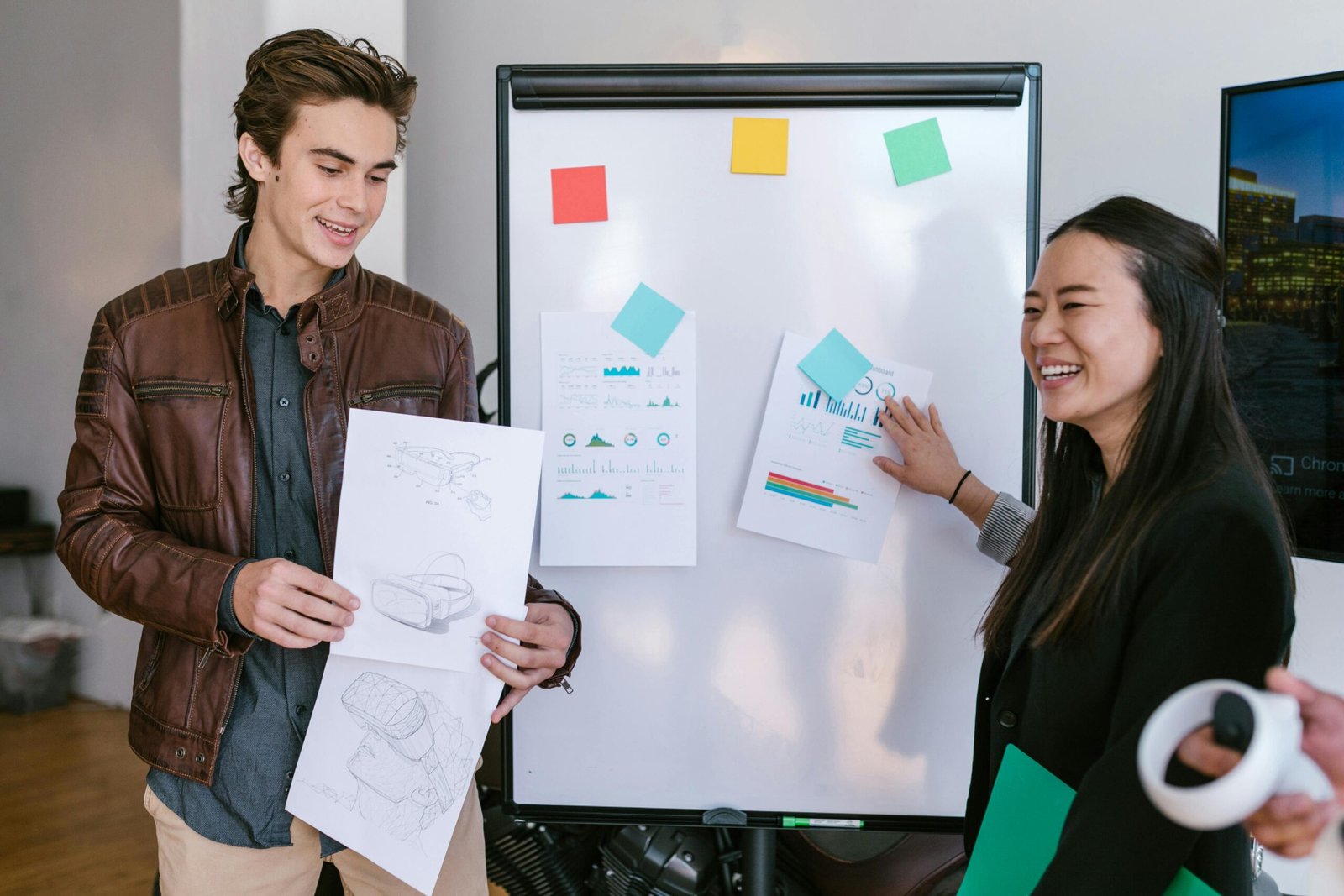
If you’re going through this course, it’s almost certain that you have some experience with learning design (or are a hiring manager—either way, welcome!).
Learning Design Masterclass
Lesson 1: What is Learning Design?
Introduction
Learning design is the intentional crafting of educational experiences to maximize understanding, retention, and application. It represents a shift from traditional content-focused teaching to a learner-centered approach that prioritizes how people actually learn.
As we embark on this masterclass, we’ll explore how learning design transforms education from passive knowledge transfer to active, meaningful experiences that create lasting change.
Defining Learning Design
Learning design can be defined as:
The systematic process of developing effective learning experiences through the thoughtful application of learning theory, technology, and creativity to solve specific educational challenges.
At its core, learning design involves:
– Identifying clear learning outcomes – What should learners know or be able to do?
– Understanding your audience – Who are your learners and what do they need?
– Selecting appropriate strategies – Which approaches will best facilitate learning?
– Creating aligned assessments – How will you measure success?
– Iterative improvement – How can the experience be continuously enhanced?
Why Learning Design Matters
Traditional education often focuses primarily on content delivery. This approach assumes that exposure to information naturally leads to learning. However, research consistently demonstrates that:
– People learn by actively constructing knowledge, not passively receiving it
– Learning is highly contextual and depends on prior knowledge
– Motivation and engagement are essential for effective learning
– Different learners have different needs and preferences